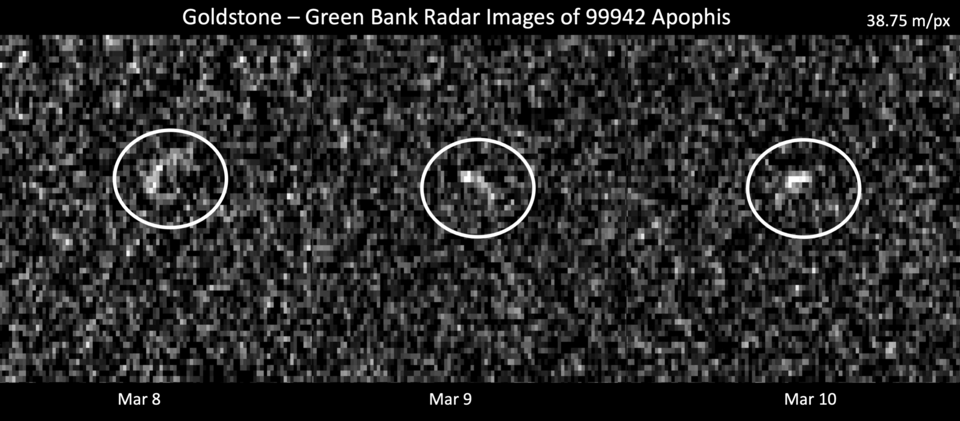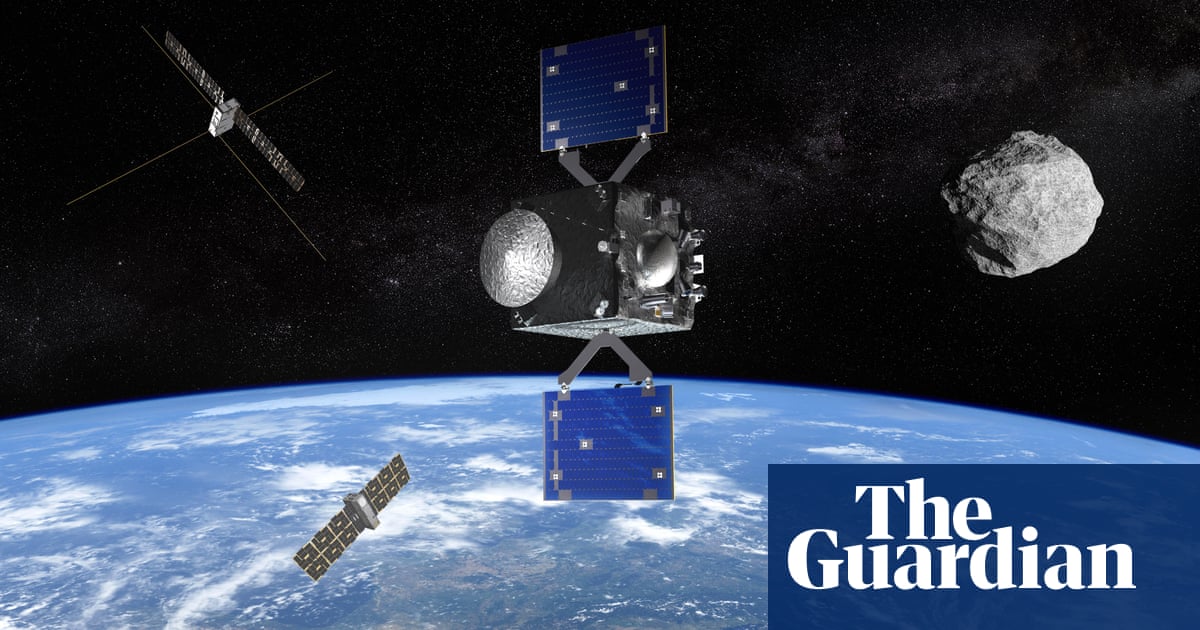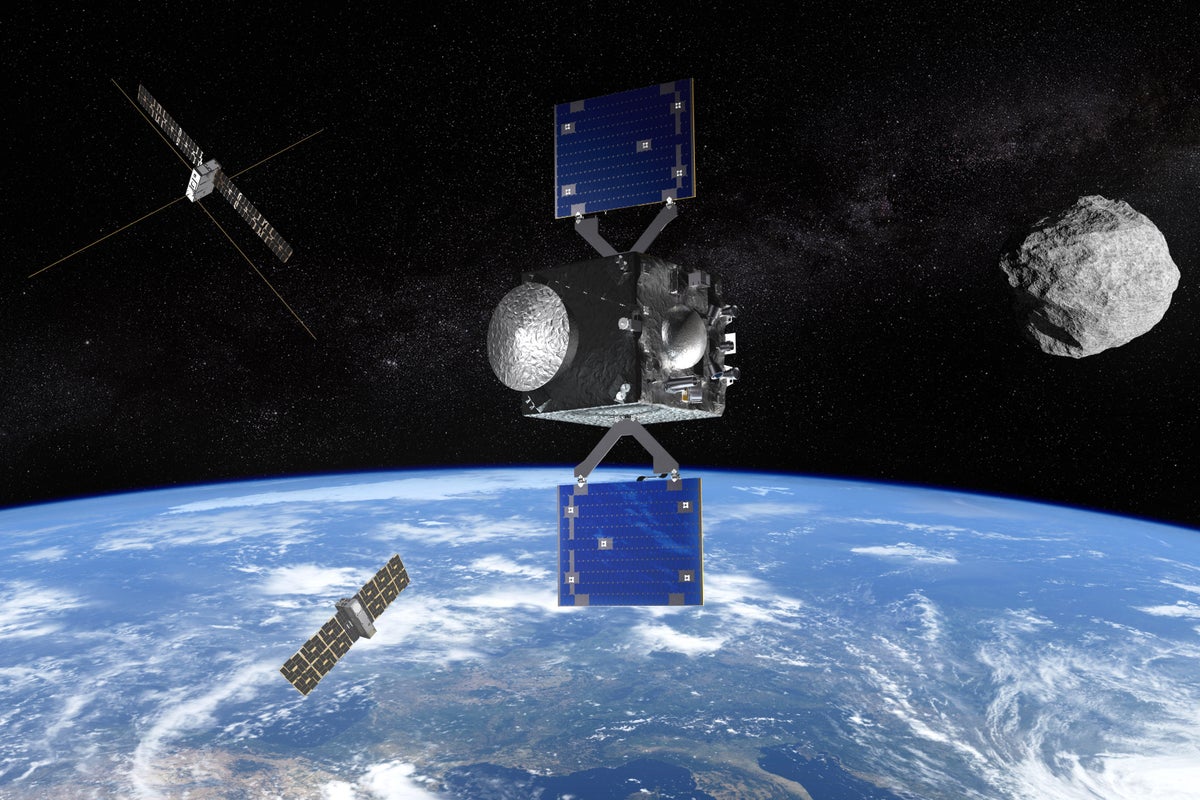
A cruise liner-sized asteroid, named Apophis, is set to make a close approach to Earth on April 13, 2029. The European Space Agency (ESA) has announced plans for the Rapid Apophis Mission for Security and Safety (Ramses) to study this asteroid during its encounter with our planet. This mission offers scientists an opportunity to gather valuable information about Apophis before it passes by, which could aid in understanding the composition and behavior of S-type asteroids like it.
Apophis, measuring 1,230 feet (375 meters) across, will come closer to Earth than some satellites and be visible to the naked eye for around 2 billion people living across most of Europe, Africa, and parts of Asia. To arrive at Apophis in February 2029, Ramses must launch in April 2028.
The ultimate decision on committing to the mission will take place at ESA's Ministerial Council meeting in November 2025. Understanding the composition of S-type asteroids like Apophis is crucial as they are part of the most common class of potentially hazardous asteroids that pose a threat to our planet.
Ramses will be unique because it would arrive at Apophis before the space rock passes Earth and then essentially ride along to capture observations. Data from both Ramses and NASA's OSIRIS-APEX mission will provide valuable information about Apophis, increasing our understanding of asteroid interactions with Earth's gravity.
Apophis is an S-type asteroid, different from other space rocks visited by NASA missions such as Bennu which is a C-type asteroid. S-type asteroids are composed primarily of silicates and nickel-iron, making them denser than C-type asteroids.
The European Space Agency's Ramses mission aims to gather information about Apophis' size, shape, mass, and orbit. This data will help scientists determine how best to deflect such asteroids if they are predicted to be on a collision course with Earth in the future.
Apophis was once classified as holding potential to impact with Earth in 2029, 2036 or 2068. However, recent calculations have shown that the risk of impact is much lower than originally thought. The European Space Agency's Ramses mission will provide valuable insights into this asteroid and help scientists better understand the potential threats posed by other asteroids in our solar system.





